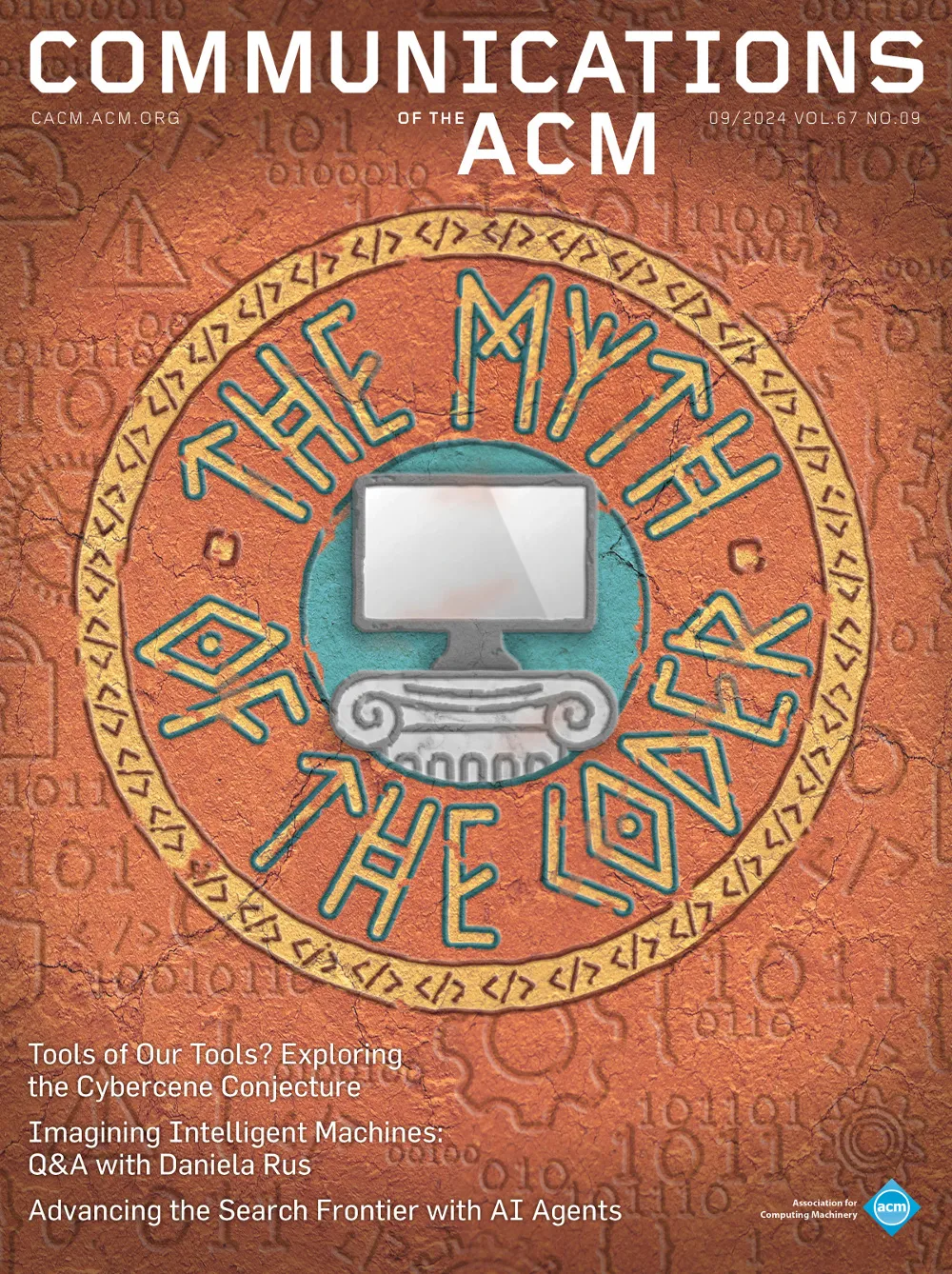November 1977 - Vol. 20 No. 11

Features
Considerations for future programming language standards activities
Use of the LRU stack depth distribution for simulation of paging behavior
The aliasing problem in computer-generated shaded images
Concurrent reading and writing
Anomalous behavior of the fifty-percent rule in dynamic memory allocation
What can we do about the unnecessary diversity of notation for syntactic definitions?
A note on reflection-free permutation enumeration
The optimal approach to recursive programs
A very high level programming language for data processing applications
Perfect hashing functions: a single probe retrieving method for static sets
An algorithm for reduction of operator strength
Improving programs by the introduction of recursion
Dynamic memory allocation in computer simulation
An encoding method for multifield sorting and indexing
Some theorems to aid in solving the file allocation problem



